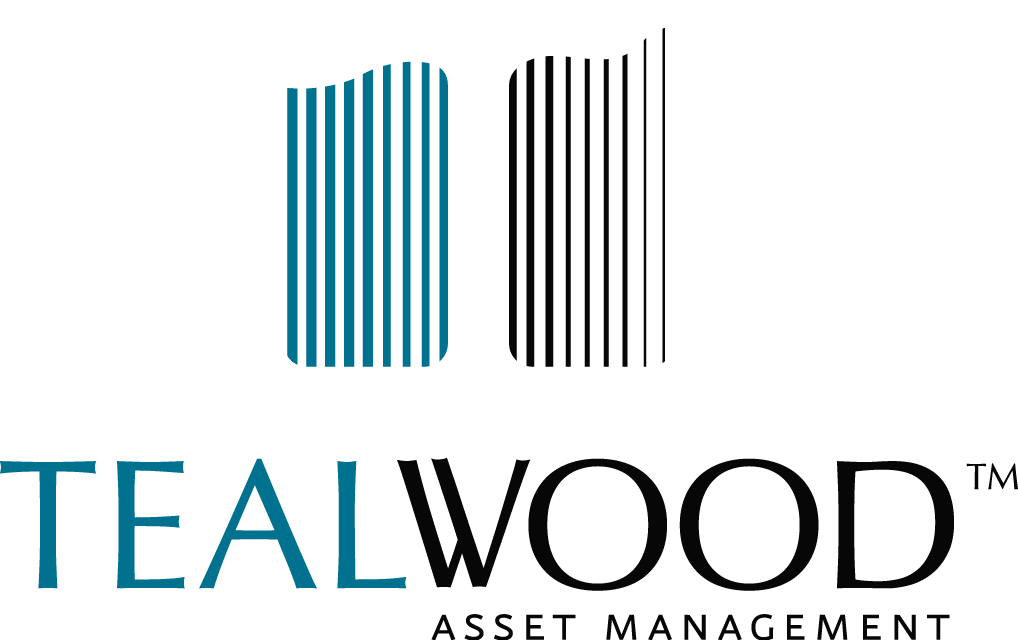Are your investments working to best serve you and your plan?
Deciding how to divide your investments between cash, bonds, and stocks for instance, is a critical element of your personal investing success. Asset allocation is best when customized, informed by fundamentals, risk management, and each individual’s own goals.
Will I have Enough? A Hierarchy of Investment Goals
Beyond a basic emergency fund, knowing recessions historically last an average of about 1.5 years, let’s assume you are comfortable with a two-year safety net that could see you through if needed. Next, factor in any additional capital needs, such as buying a car or travel. Calculate current income you want funded from your investments. If you are working, this might be zero. If retired, this is likely a higher number. Once these goals are covered with cash, shorter-term bonds and/or dividend paying stocks for example, consider how much of your remaining investable assets might best serve your plan by allocating specifically to stocks to help maintain purchasing power.
Mistakes in Asset Allocation
Jeremy Siegel, author of Stocks for the Long Run, emphasizes, “The focus of long-term investors should be the growth of purchasing power of
their investment.”
When providing second opinions, we often find that more assets can be appropriately allocated to stocks for this purpose. Even in retirement, if your time horizon exceeds the five- to ten-year range, it may be prudent to revisit your asset allocation.
Summary
Asset allocation is highly individualized. Within the context of appropriate timeframes as well as the Economic Cycle, remember that also investing to maintain purchasing power helps ensure long-term financial security.

